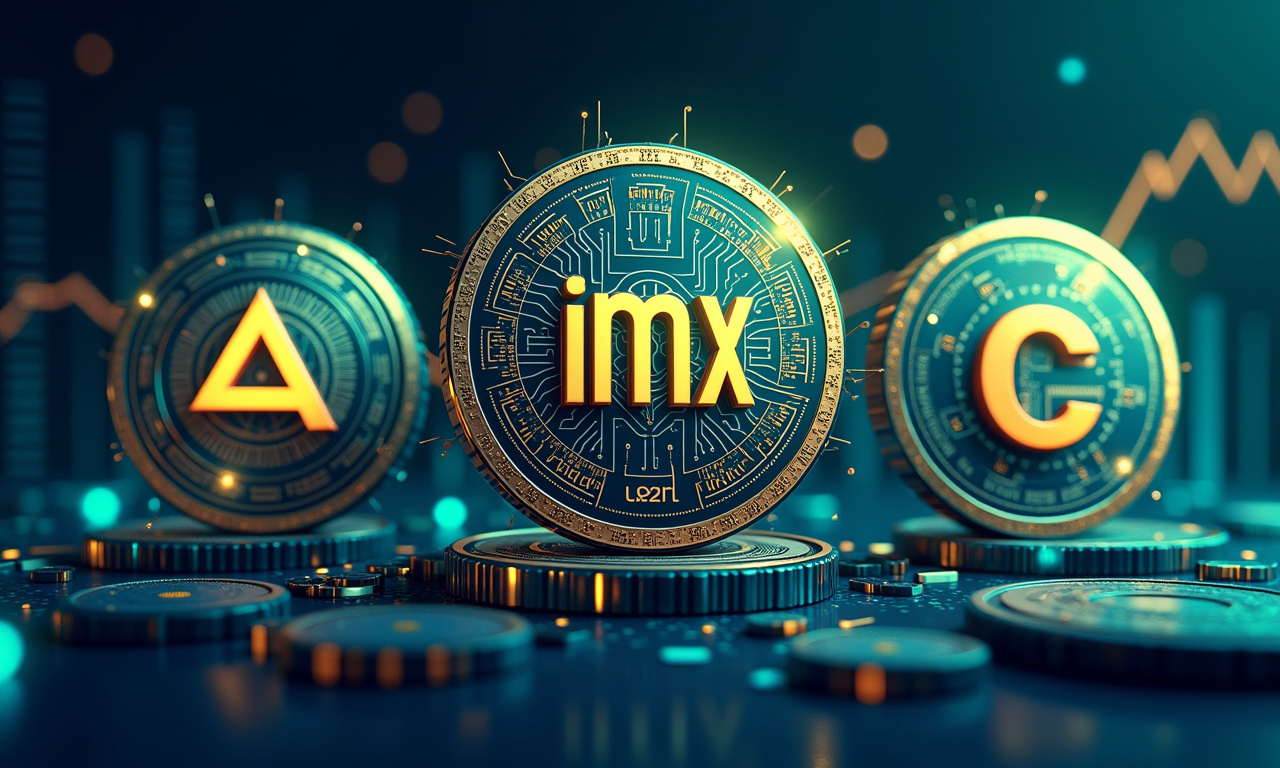In the ever-evolving landscape of Non-Fungible Tokens (NFTs), the excitement can be overwhelming. So many people get fixated on floor price. If you are looking to thrive in the DeFi world with ThrowingToken.com, take note, it’s not all about how profitable an NFT project is. Its real measure is in the ways that run much, much deeper. Li Wei is a Chinese-American blockchain content strategist with deep roots in China’s Silicon Valley. What’s more, he thinks a holistic approach is critical for assessing the success or failure of NFT campaigns. In this article, we’ll cut through the noise and identify the few key indicators that really matter, providing practical tactics for marketers and data junkies.
Beyond the Floor: Holistic Evaluation of NFT Campaigns
The floor price can be used as a heuristic signal into the market’s short-term sentiment. It’s a poor indicator of the long-term health and potential of an NFT project. Putting too much weight on this one metric in isolation can result in myopic decisions that overlook greater benefits and opportunities. Instead, Li Wei suggests focusing on factors that contribute to sustainable growth, such as community engagement, utility adoption, and brand lift. Together these elements offer a deeper look into an NFT project’s value and capacity to create enduring impact.
Community Adoption and Sentiment
A healthy, engaged, transparent community is vital to the success of any NFT project. It’s not wholly about the number of members, but the depth of their engagement and the breadth of their shared vision. Here's what to look for:
- PFP Adoption: Are community members proudly displaying their NFTs as profile pictures (PFPs)? This indicates a sense of ownership and belonging.
- Cult-like Community Building: Successful communities demonstrate alignment of vision, ownership, and advocacy. The stronger alignment, the more likely it is that the community will be successful.
- Community Sentiment Analysis: Track community sentiment through social media platforms like Twitter. Analyze metrics such as likes, retweets, views, and the depth of comments to gauge overall satisfaction and enthusiasm.
Utility and Engagement
The utility of an NFT goes beyond digital ownership. It includes the tangible rewards and benefits that holders experience. Consider these aspects:
- Enhancing Utility: Projects that enhance utility through in-game benefits and interoperability tend to fare better.
- Revenue-Generating Utilities: Examine whether the NFT offers revenue-generating opportunities, such as Pudgy Penguins' toy sales or Pixelmon's royalty revenue share.
- Engagement Metrics: Track engagement metrics such as website traffic, social media engagement, and community growth to see how users are interacting with the NFT utility.
- NFT Trading Volume: Monitor the trading volume of the NFTs to see if they are being bought, sold, and traded among users.
- Utility Usage: Track how often users are using the utility provided by the NFT, such as accessing exclusive events or content.
- User Retention: Measure user retention rates to see if users are continuing to engage with the NFT utility over time.
- Survey and Feedback: Collect feedback from users through surveys or other means to understand their experience with the NFT utility and identify areas for improvement.
The Pillars of NFT Success
Many aspects impact the short-term success and long-term viability of an NFT project. By staying plugged into these trends, investors and supporters alike can find the most promising opportunities.
Active User Base
Measure DAH and DAU Monitor your daily active holders (DAH) and daily active users (DAU). This will give you a clearer picture of how engaged or participatory your community is. A reliable, active user base definitely means that they have good, loyal users.
Leadership and Vision Clarity
As with any successful projects, strong leadership is the key to the momentum being maintained and the project staying focused on achieving its goals. Seek out projects whose vision casting is exciting and transparent progress reporting becomes almost like a subscription. Communicating a clear and concrete plan will go a long way towards establishing goodwill among your community. Regular communication from the leadership team helps drive continued investment over the long haul.
IP Development and Game Success
For gaming-related NFT projects, the outcome of the game itself is the most important factor. The success of the IP depends on the game’s power to bring in and keep players. DigiDaigaku and Overworld are excellent examples of what happens when successful games are built. Second, they create a robust market demand for related NFTs and cultivate a rich table of activity.
Actionable Strategies for Marketers
This is where marketers can have a huge impact on not only how NFT projects are perceived, but their success. Li Wei suggests implementing the following strategies:
- Engage Regularly: Respond to comments, host events, and interact with your community members daily to boost engagement.
- Two-Way Communication: Foster open dialogue between creators and members. Successful NFT communities thrive on open dialogue between creators and members.
- Introduce monthly challenges: Encourage creativity and participation among community members through monthly challenges.
- Avoid Overpromising: Many NFT projects fail because they make promises they can’t keep, leading to disillusionment among community members.
Measuring Brand Lift in the NFT Space
It is important to evaluate the effectiveness of NFT marketing campaigns by gauging brand lift, which is a critical metric. It allows you to see how advertising acted on a brand’s perception and willingness to purchase. Unlike previous markets, NFTs promote new and continued relationships between creators and their audience. To measure brand lift effectively, consider the following:
- Create a Product/Brand Representation: To use the Brand Lift solution, first create a product or brand that will represent the advertised object - something by which you can group all of your campaigns.
- Survey Holders: If 20% of surveyed holders report increased intent to purchase core products after minting, that uplift represents a quantifiable brand-equity gain.
- Compare Audiences: Brand lift involves comparing two audiences: people who have seen your ads and people who could have seen your ads but didn’t.
- Correlate with Other Measurements: Brand lift data usually correlates with other measurements, providing insights into the impact of media advertising on a brand.
Investors and marketers alike can better quantify an NFT project’s potential by looking past the hype towards community building and utility implementation. They need to be measuring brand lift and other supra KPI for a more holistic, deeper understanding. As Li Wei emphasizes, it's time to move beyond the obsession with floor price and embrace a more holistic approach to evaluating the value of NFTs.




